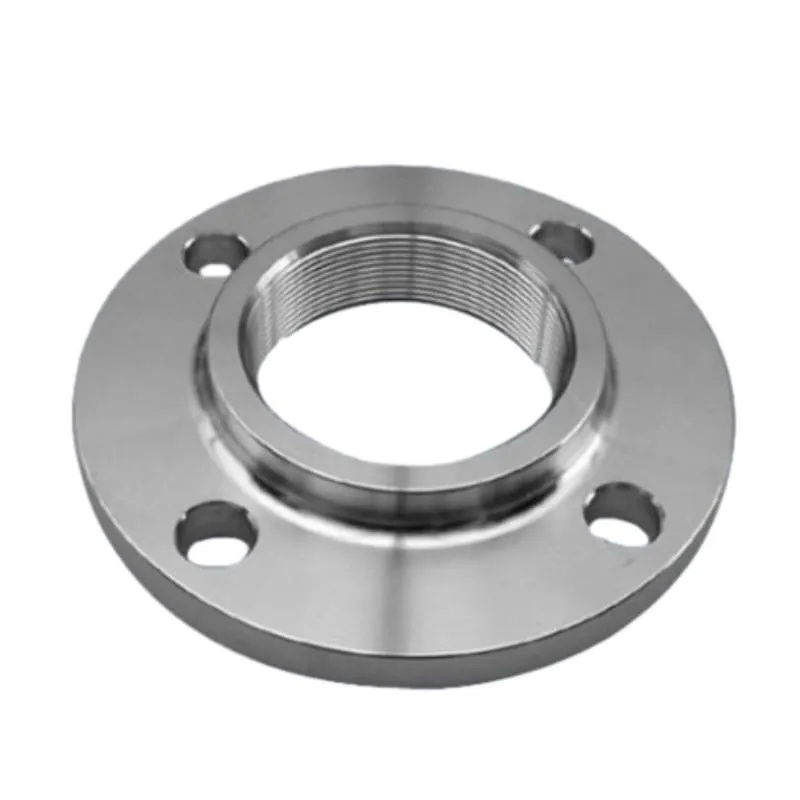-
Cangzhou Yulong Steel Co., Ltd.
-
Phone:
+86 13303177267 -
Email:
admin@ylsteelfittings.com
- English
- Arabic
- Italian
- Spanish
- Portuguese
- German
- kazakh
- Persian
- Greek
- French
- Russian
- Polish
- Thai
- Indonesian
- Vietnamese
- Zulu
- Korean
- Uzbek
- Hindi
- Serbian
- Malay
- Ukrainian
- Gujarati
- Haitian Creole
- hausa
- hawaiian
- Hebrew
- Miao
- Hungarian
- Icelandic
- igbo
- irish
- Japanese
- Javanese
- Kannada
- Khmer
- Rwandese
- Afrikaans
- Albanian
- Amharic
- Armenian
- Azerbaijani
- Basque
- Belarusian
- Bengali
- Bosnian
- Bulgarian
- Catalan
- Cebuano
- China
- China (Taiwan)
- Corsican
- Croatian
- Czech
- Danish
- Esperanto
- Estonian
- Finnish
- Frisian
- Galician
- Georgian
- Kurdish
- Kyrgyz
- Lao
- Latin
- Latvian
- Lithuanian
- Luxembourgish
- Macedonian
- Malgashi
- Malayalam
- Maltese
- Maori
- Marathi
- Mongolian
- Myanmar
- Nepali
- Norwegian
- Norwegian
- Occitan
- Pashto
- Dutch
- Punjabi
- Romanian
- Samoan
- Scottish Gaelic
- Sesotho
- Shona
- Sindhi
- Sinhala
- Slovak
- Slovenian
- Somali
- Sundanese
- Swahili
- Swedish
- Tagalog
- Tajik
- Tamil
- Tatar
- Telugu
- Turkish
- Turkmen
- Urdu
- Uighur
- Welsh
- Bantu
- Yiddish
- Yoruba

Dec . 13, 2024 22:09 Back to list
blank flange plumbing
Understanding Blank Flange in Plumbing
In the world of plumbing and pipefitting, various components play crucial roles in ensuring efficient fluid transport and system integrity. One such essential component is the blank flange. This article delves into the purpose, types, applications, and advantages of using blank flanges in plumbing systems.
What is a Blank Flange?
A blank flange, as the name suggests, is a type of flange that is designed to cover the end of a pipe or fitting. Essentially, it is a solid disk that serves as a closure for a pipeline. Its main function is to provide a leak-proof barrier, preventing the escape of fluids and maintaining pressure within the system. Blank flanges are frequently utilized in various industries, including oil and gas, water treatment, and chemical processing.
Types of Blank Flanges
Blank flanges come in multiple configurations and materials to suit different plumbing needs. The most common materials used for blank flanges are
1. Carbon Steel Known for its durability and strength, carbon steel blank flanges are often used in high-pressure applications. 2. Stainless Steel These flanges offer excellent corrosion resistance, making them ideal for plumbing systems involving chemicals or saline environments. 3. Plastic Lightweight and resistant to corrosion, plastic blank flanges are used in residential plumbing systems and in applications where chemical resistance is required.
In addition to material, blank flanges also come in various sizes and dimensions, ensuring compatibility with a broad range of pipe sizes
.blank flange plumbing

Applications of Blank Flanges
Blank flanges serve several critical applications in plumbing. Some of the most common uses include
- Sealing Pipeline Ends In situations where a pipeline segment is removed for maintenance or inspection, a blank flange can be installed to seal off the end temporarily. This helps in maintaining system pressure and preventing contamination. - Testing and Inspection Blank flanges are also used during pressure tests. By capping off a section of the pipeline, technicians can assess the integrity of the system without fluid leakage. - Future Expansion In systems where future expansion is anticipated, blank flanges can be installed at the ends of pipes to allow for easy connection to new sections later.
Advantages of Using Blank Flanges
The use of blank flanges in plumbing systems provides several advantages
1. Versatility Blank flanges can be combined with various types of pipes and fittings, making them compatible with many systems. 2. Ease of Installation They are typically easy to install and remove, which is advantageous during maintenance and inspections. 3. Cost-Effective Using blank flanges can save costs associated with fluid leakage and downtime during repairs or inspections.
Conclusion
Blank flanges are vital components in plumbing systems, providing a simple yet effective way to seal pipeline ends, facilitate inspections, and prepare for future expansions. Their availability in various materials and sizes makes them a versatile choice in both industrial and residential applications. Understanding their function and benefits can help plumbers and engineers ensure the longevity and efficiency of plumbing systems. Whether you are involved in pipeline construction, maintenance, or simply looking to understand the nuances of plumbing components, the blank flange is a fundamental element worth knowing about.
Latest news
-
ANSI 150P SS304 SO FLANGE
NewsFeb.14,2025
-
ASTM A333GR6 STEEL PIPE
NewsJan.20,2025
-
ANSI B16.5 WELDING NECK FLANGE
NewsJan.15,2026
-
ANSI B16.5 SLIP-ON FLANGE
NewsApr.19,2024
-
SABS 1123 FLANGE
NewsJan.15,2025
-
DIN86044 PLATE FLANGE
NewsApr.19,2024
-
DIN2527 BLIND FLANGE
NewsApr.12,2024
-
JIS B2311 Butt-Welding Fittings LR/SR 45°/90° /180°Seamless/Weld
NewsApr.23,2024











